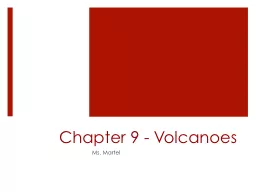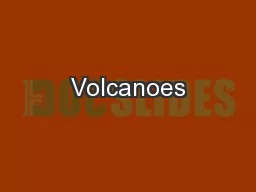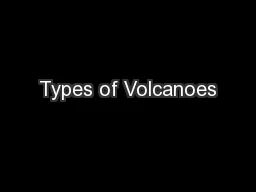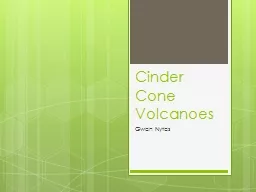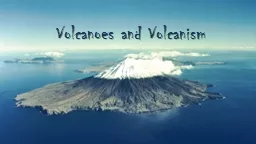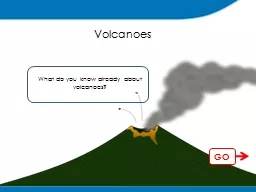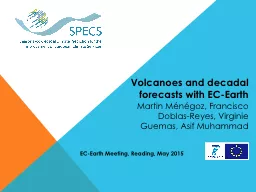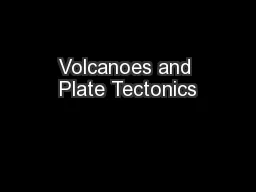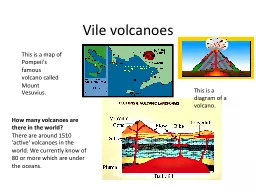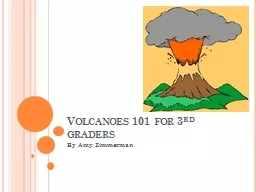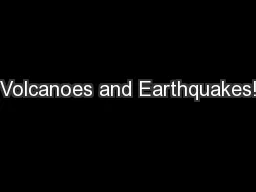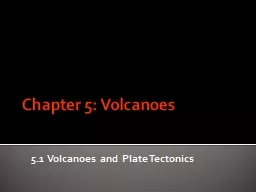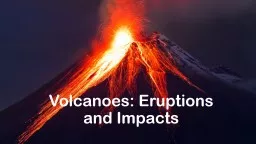PPT-Chapter 9 - Volcanoes Ms. Martel
Author : min-jolicoeur | Published Date : 2018-02-27
91 How amp Where do Volcanoes Form One of the most dramatic activities associated with plate tectonics is the eruption of a volcano Volcano refers to both The
Presentation Embed Code
Download Presentation
Download Presentation The PPT/PDF document "Chapter 9 - Volcanoes Ms. Martel" is the property of its rightful owner. Permission is granted to download and print the materials on this website for personal, non-commercial use only, and to display it on your personal computer provided you do not modify the materials and that you retain all copyright notices contained in the materials. By downloading content from our website, you accept the terms of this agreement.
Chapter 9 - Volcanoes Ms. Martel: Transcript
Download Rules Of Document
"Chapter 9 - Volcanoes Ms. Martel"The content belongs to its owner. You may download and print it for personal use, without modification, and keep all copyright notices. By downloading, you agree to these terms.
Related Documents

